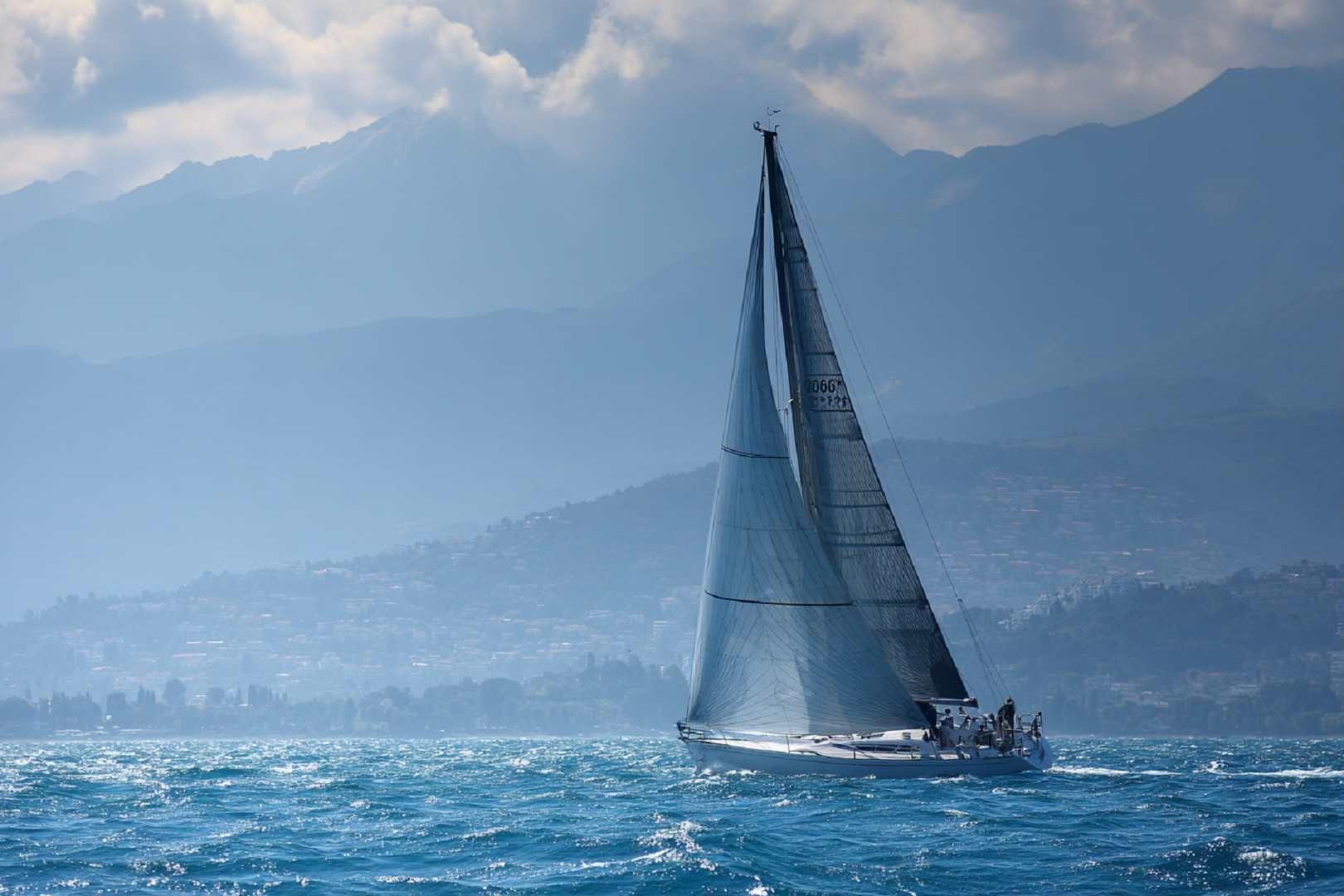The Creation of Genoa Jib

The Creation of Genoa Jib
The renowned Italian sailmaker and sailor Raimondo Panario created and utilised the genoa jib initially. The "Genoa Jib" (Coppa del Tirrenio) got its start on the 6mR "Cora IV" constructed in 1925 for owner G. Roggero during the winter races in Genoa in 1926. This was a big success because Cora IV was clearly the victor. When Panario accepted an invitation to Denmark for the Copenhagen International Races, which he excellently won as well, the King of Denmark, Christian X, praised him and dubbed him "the first skipper of Europe.
On his 6 m R-yacht "May-Be" towards the end of 1926, renowned Swedish sailor and shipowner, Sven Salén, utilised the Genoa for the first time. He won the 1927 Scandinavian Gold Cup races at Oyster Bay, New York, using it effectively. Despite not really having invented the Genoa jib, he claimed credit for its creation.
With their Botter-style ships, Dutch fisherman have used a similar kind of jib for decades. To allow the mainsail to be unused while fishing, the fishermen depended on a combination of a big jib. The fisherman's jib made it easier to deliver the catch to markets quickly after catching.
Aerodynamicist and yachtsman Arvel Gentry said in 1981 that the interaction between the jib and mainsail "is much more complicated than the old theories imply". This proves that the commonly accepted theory of the slot effect is "completely wrong" and disproves Curry's claim that the air in the slot is accelerated by the venturi effect (or "valve effect").
Instead, it is demonstrated that the mainsail reduces the pressure of the air on the lee side of the jib, accelerating that airflow, and that the mainsail increases the angle at which the air meets the luff of the jib, allowing the boat to point higher. Gentry makes the argument that greater sail trimming is possible with a good knowledge of sail interaction.
The genoa or jenny, named after the city of Genoa, was first referred to as the "overlapping jib" or the Genoa jib. It's a sizeable jib or staysail that's occasionally used instead of the main sail in bermuda-rigged boats. It is utilised on twin-masted ketches and yawls as well as single-masted sloops. Its huge surface area enhances the craft's speed in moderate winds; in strong gusts, a smaller jib is typically employed instead, and a spinnaker may be deployed downwind. A genoa and jib differ in that the former extends past the mast and, when viewed from the side, overlaps the mainsail.
Managing Problems
Maximising the sail area may make handling more challenging. A genoa may be more difficult to tack than a jib because, if not carefully attended to during the tack, the overlapping region may become fouled between the shrouds and/or mast. Since only the foretriangle area is taken into account when determining the size of the foresail, genoas are particularly popular in various racing classes. This allows for a large increase in the real sail area within the estimated sail area. Those beyond 150% are uncommon since the additional area is shaded by the mainsail when close-hauled and produces decreasing results in terms of power per real sail area. Genoas with 180% overlap are common in yachts where sail regulations do not apply.
The Gennaker
The gennaker, which has been in use for a number of decades, is a cross between a genoa and a symmetrical spinnaker. The Code 0 spinnakers used on racing boats served as the inspiration for the development of the gennaker, a brand name of North Sails. Even bigger than genoas (200% overlaps are not unusual), gennakers and comparable code 0 versions supplied by other manufactures have a significantly higher camber to provide more lift while reaching. Gennakers with a flat cut can be used for angles as low as 60 to 70 degrees. Because the main sail prevents the gennaker's wind above 135–150 degrees, spinnakers operate significantly better while in use.